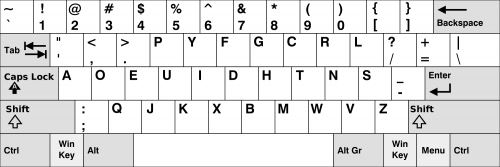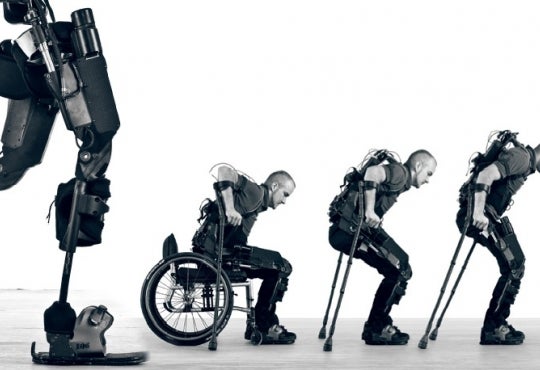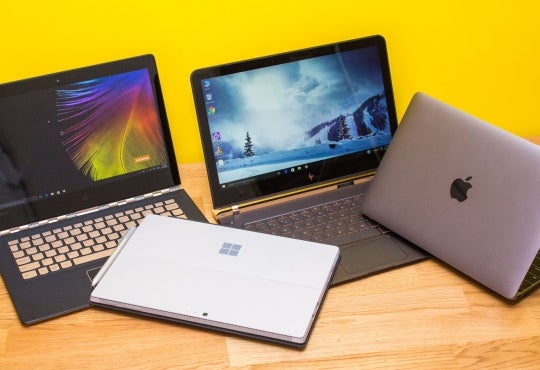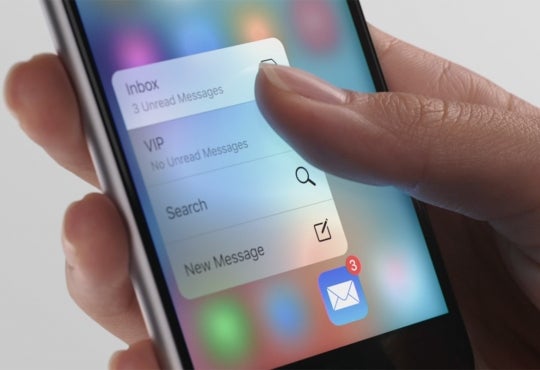Alternative keyboard layouts
The QWERTY keyboard (so named for the first six keys on the layout) is one of the most widely used keyboard layouts in English speaking countries. Need proof? Take a look at any of your devices’ keyboards. Does the first row of letters spell out QWERTY? If your answer is yes, you have a QWERTY keyboard. Why is this specific layout so prevalent, with few exceptions? The answer is simple: that’s the way it has always been, and long-term tradition can be persistent. The QWERTY keyboard was purportedly originally created to ensure that high-use keys were far away from one another on a typewriter to avoid jams, reduce the need for machinery repair, and keep typist speeds up [i]. Critics of the layout bring up that point beyond all others: with modern keyboards, we no longer need to be concerned about typewriter jams. Isn’t it about time we switched to a better, more efficient layout?
One of the better known alternatives to QWERTY is likely the Dvorak keyboard, named after its inventor, August Dvorak. This layout was patented in 1936 [ii] as a direct result of the perceived inefficiency of QWERTY. With the Dvorak layout, the majority of the keys are hit with the right hand, whereas with QWERTY, the opposite is true. Keys on the home row of Dvorak are arranged to be the more commonly used letters (such as vowels), requiring less finger movement for the typist. (The home row is the row where you rest your fingers naturally. On QWERTY, this is the row beginning with “asdfg”.) The lower rate of movement is commonly associated with efficiency and speed when it is referred to in studies of keyboard layout typing speeds. Studies proving enhanced efficiency, however, are often rife with problems, such as using individuals of different skill levels to demonstrate differences in keyboard use, and there simply are not enough studies to draw a reliable conclusion. The few studies that have been completed with reasonable soundness often favour the Dvorak keyboard [iii].

Dvorak keyboard
If the Dvorak is so much better than QWERTY, why are few people using it? Tradition is only partly the answer. Originally, when Dvorak began to market his keyboard, QWERTY was kept in favour to allow typists to easily transfer their skills and muscle memory from typewriters to computer keyboards with no retraining required. Today, similar reasoning remains: learning an entirely new keyboard would take a while (it would take some time to regain your original speed before you would see any improvement), and if you suddenly needed to be typing on anything other than your Dvorak keyboard, you would need to be essentially keyboard-bilingual. For some people, switching may not result in any improvement at all, making the change less valuable, considering the time it takes to unlearn and relearn muscle memory. For others, it may lead to drastic improvements in speed and accuracy. Most Windows and OS X computers have many keyboard layouts built in for those willing to take the plunge, and Microsoft offers instructions on how to change your keyboard setup. Beware that doing so may result in confusion if the physical keyboard you use displays the QWERTY layout on the keycaps or if you need to switch between keyboard layouts: try out Dvorak with caution!
[i] Hoffman, C. (2014, May 18). Alternative Keyboard Layouts Explained: Should You Switch to Dvorak or Colemak? Retrieved October 13, 2015.
[ii] Stokel-Walker, C. (2013, August 30). 6 Non-QWERTY Keyboard Layouts. Retrieved October 9, 2015.
[iii] Parkinson, R. (1972, November 1). The Dvorak Simplified Keyboard: Forty Years of Frustration. Computers and Automation.
[iv] [Old typewriter] (n.d.). Retrieved from https://upload.wikimedia.org/wikipedia/commons/0/07/A_typewriter_%2810995863465%29.jpg










